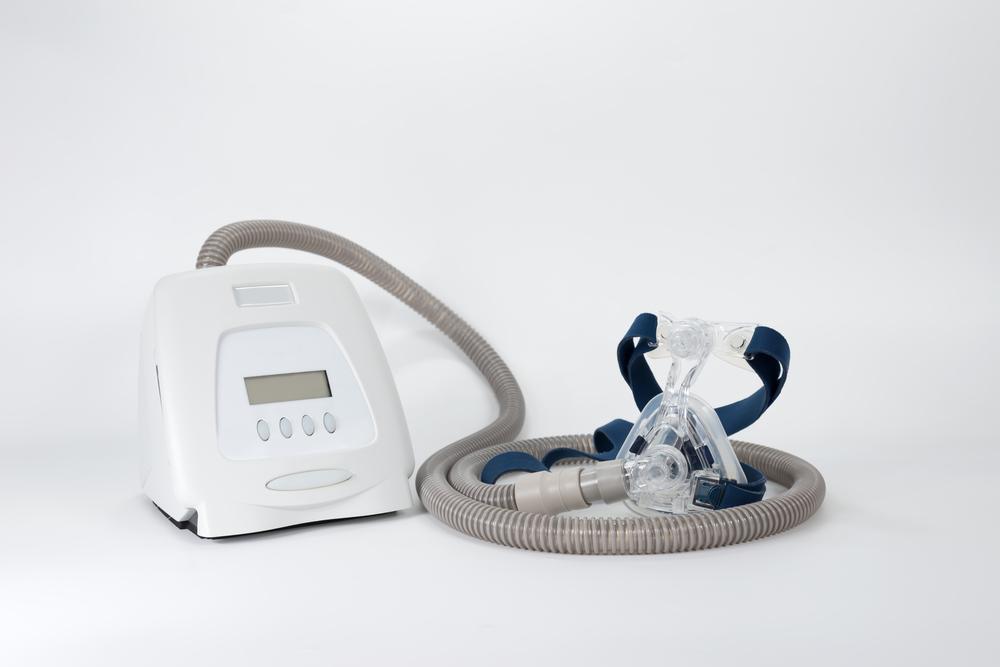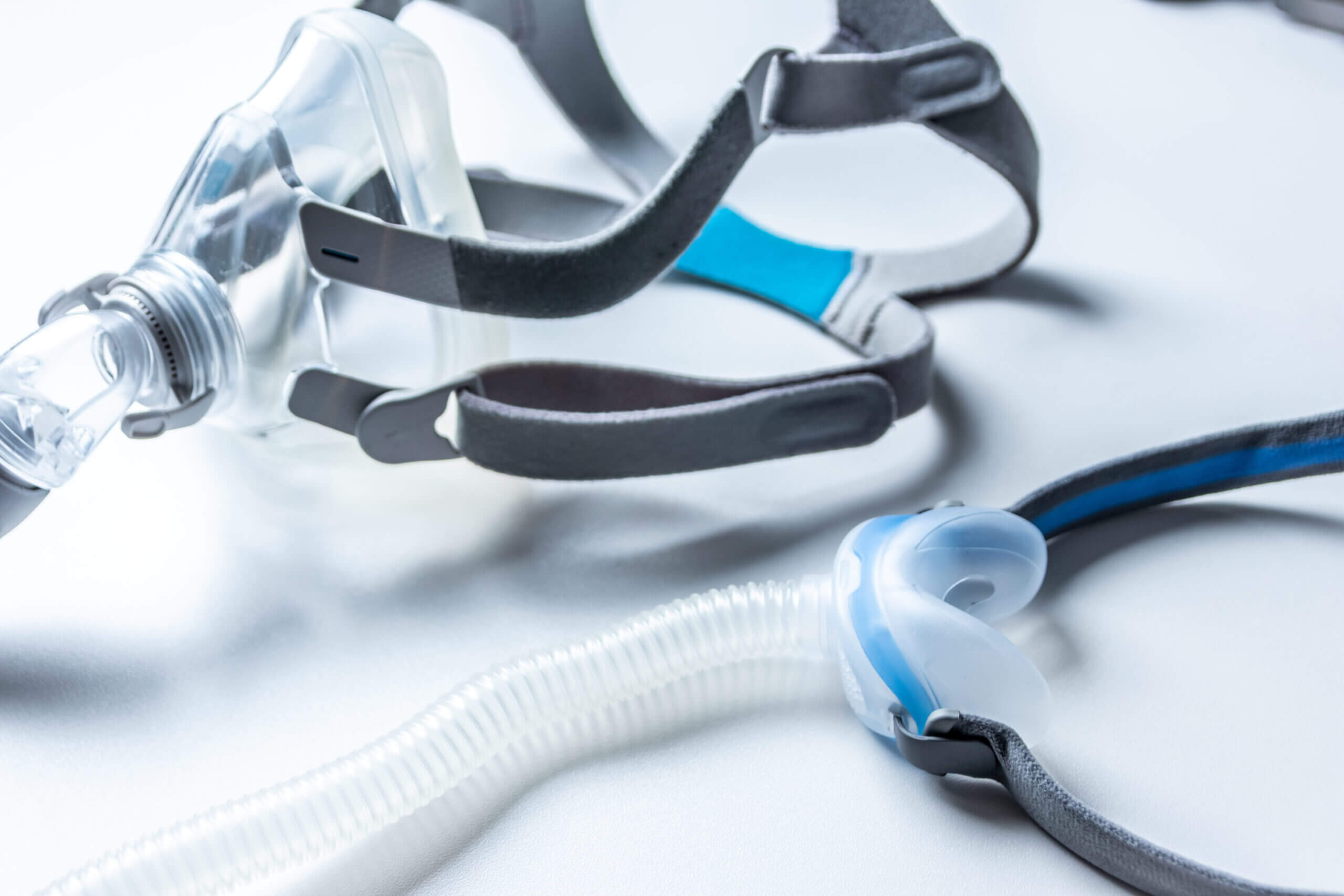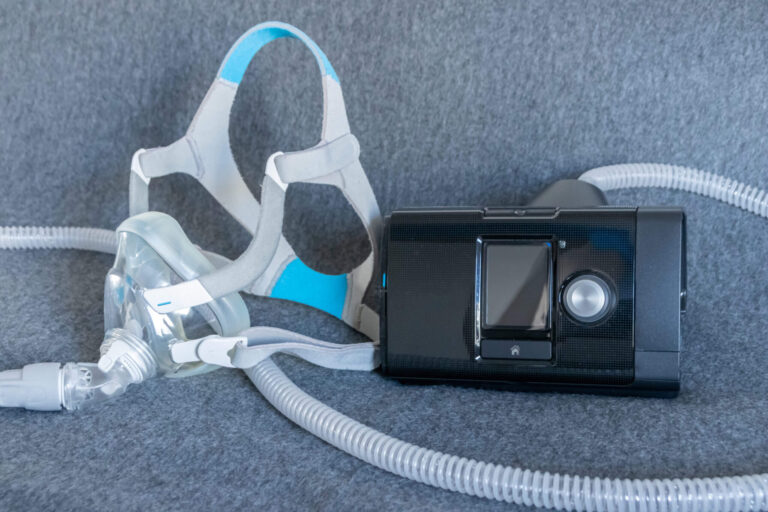Comfort is Key: Tips for Adjusting to Your CPAP Mask
Adjusting to a CPAP mask can be a challenging experience. However, by understanding the importance of the mask, choosing the right one for you, and taking the necessary steps to achieve comfort, you can make the transition easier and enjoy the benefits of using a CPAP machine for sleep apnea treatment. In this article, we will explore the different aspects of adjusting to a CPAP mask and provide tips for achieving maximum comfort.
Understanding the Importance of a CPAP Mask
Before diving into the tips for adjusting to a CPAP mask and buy CPAP mask, it’s essential to understand why using a mask is crucial in the treatment of sleep apnea. Sleep apnea is a sleep disorder characterized by pauses in breathing or shallow breaths during sleep. The continuous positive airway pressure (CPAP) machine ensures that the airway remains open by providing a steady flow of air. The mask, worn over the nose or mouth, delivers this pressurized air to keep the airway unobstructed and promote healthier breathing patterns.
The Role of CPAP in Sleep Apnea Treatment
Using a CPAP machine is the gold standard treatment for sleep apnea. By wearing a mask and receiving a constant flow of pressurized air, CPAP therapy can effectively prevent the collapse of the airway during sleep. This not only improves the quality of sleep but also reduces daytime sleepiness, lowers the risk of cardiovascular problems, and enhances overall well-being.

Health Benefits of Regular CPAP Use
Regular use of a CPAP machine can have numerous positive effects on your health. By ensuring your airway remains open throughout the night, CPAP therapy can help regulate blood pressure, improve heart function, reduce the risk of stroke, and even enhance cognitive function. Additionally, CPAP therapy has been found to alleviate symptoms of depression and anxiety that often accompany sleep apnea.
Furthermore, the proper fit and type of CPAP mask are crucial for the effectiveness of the therapy. It’s essential to work with a healthcare provider to ensure you have the right mask size and style that provides a comfortable and secure fit. A well-fitted mask not only prevents air leaks but also minimizes skin irritation and pressure sores, enhancing your overall comfort during sleep.
Types of CPAP Masks
There are several types of CPAP masks available to cater to individual preferences and needs. Nasal masks cover only the nose and are a popular choice for those who breathe through their nose during sleep. Full-face masks cover both the nose and mouth, making them suitable for individuals who tend to breathe through their mouth or have nasal congestion. Nasal pillow masks are lightweight and rest at the entrance of the nostrils, providing a minimalist option for users who prefer less facial coverage.
Choosing the Right CPAP Mask for You
When it comes to choosing a CPAP mask, one size does not fit all. Comfort, fit, and personal preferences play a significant role in finding the right mask for you. Let’s explore the different types of CPAP masks and the factors to consider when making your selection.
Ensuring a good night’s sleep with a CPAP machine involves more than just the machine itself; the mask is a crucial component that can make or break your experience. It’s essential to find a mask that not only provides effective therapy but also feels comfortable and suits your individual needs.
Different Types of CPAP Masks
CPAP masks typically fall into three main categories: nasal masks, full-face masks, and nasal pillow masks. Nasal masks cover the nose and are a popular choice for those who breathe mainly through their nose. They are often preferred for their lightweight and minimalistic design, providing a secure fit without obstructing the field of vision.
Full-face masks, on the other hand, cover both the nose and mouth, making them suitable for mouth breathers or individuals who experience nasal congestion. These masks are designed to deliver air effectively, even if you breathe through your mouth during sleep. They are known for their stability and ability to maintain a secure seal throughout the night.
Nasal pillow masks offer a unique alternative, with inserts that fit into the nostrils, providing a direct flow of air. This design is favored by those who prefer a more open feel and minimal facial contact. Nasal pillow masks can be a great option for active sleepers or individuals who feel claustrophobic with traditional masks.
Factors to Consider When Choosing a Mask
When selecting a CPAP mask, several factors should be taken into account. These include your breathing habits, facial structure, and personal preferences. Additionally, factors such as mask fit, noise level, ease of cleaning, and availability of replacement parts should also be considered. Consulting with a sleep specialist or CPAP equipment provider can help ensure you make an informed decision.
It’s important to try out different mask styles and sizes to determine which one provides the best fit and comfort for you. Some masks offer adjustable straps or cushioning to customize the fit to your unique facial contours. Ensuring a proper fit not only enhances comfort but also optimizes the effectiveness of your CPAP therapy, reducing air leaks and improving overall treatment outcomes.
Achieving Comfort with Your CPAP Mask
Now that you have selected your CPAP mask, it’s time to focus on achieving comfort during your CPAP therapy sessions. The initial adjustment period can be challenging, but with the right approach and some helpful tips, you can overcome common discomforts and enjoy a restful night’s sleep.
Ensuring comfort with your CPAP mask is crucial for the success of your therapy. It’s not just about wearing the mask; it’s about making it a seamless part of your sleep routine. By taking the time to customize the fit and address any discomforts, you can significantly improve your overall sleep quality and adherence to therapy.
Initial Adjustment Period
It’s common to experience initial discomfort when first using a CPAP mask. To ease this transition, start by wearing the mask for short periods during waking hours to become accustomed to the feel. Gradually increase the duration until you can comfortably wear the mask throughout the night. Additionally, adjusting the straps and positioning of the mask can help improve comfort and minimize leaks.
During the adjustment period, it’s essential to be patient with yourself. It may take time to find the right adjustments that work for you, but don’t get discouraged. Remember that achieving comfort with your CPAP mask is a process, and with persistence, you can find the perfect fit that allows you to sleep soundly and wake up feeling refreshed.
Tips for Overcoming Common Discomforts
Common discomforts associated with CPAP therapy include dry mouth, nasal congestion, skin irritation, and mask leaks. To address these issues, consider using a humidifier with your CPAP machine to moisturize the air you breathe. Nasal saline sprays or allergy medications can help alleviate nasal congestion. Using a soft cloth or mask liners can reduce skin irritation, while adjusting the mask fit and using mask sealants can minimize leaks and improve the overall comfort of your therapy.
Remember, everyone’s experience with CPAP therapy is unique, so don’t be afraid to try different solutions until you find what works best for you. Your comfort is key to successful CPAP treatment, so take the time to explore various options and make adjustments as needed to ensure a restful night’s sleep.

Proper Maintenance for Your CPAP Mask
Maintaining the hygiene and performance of your CPAP mask is crucial for achieving the best therapy results and ensuring your overall well-being. Proper care not only extends the lifespan of your mask but also helps prevent potential issues that could compromise your therapy.
When it comes to cleaning and replacing your CPAP mask, consistency is key. Regular cleaning is essential to prevent the accumulation of bacteria, dirt, and oils that can not only affect the performance of your mask but also pose health risks. Following the manufacturer’s guidelines for cleaning and disinfecting your mask is vital, as it helps maintain a hygienic environment for your breathing. Consider using mild soap or specialized CPAP mask cleaning solutions to ensure thorough cleaning without damaging the materials.
Cleaning and Replacing Your Mask
Regular cleaning of your CPAP mask is crucial to prevent the buildup of bacteria, dirt, and oils that could lead to skin irritations or respiratory issues. Follow the manufacturer’s guidelines for cleaning and disinfecting your mask, and consider using mild soap or specialized CPAP mask cleaning solutions. Additionally, replacing worn-out or damaged parts such as cushions, headgear, and filters is important for maintaining a proper fit and hygiene.
When it comes to replacing parts, don’t wait until they are visibly worn out. Regularly inspect your mask and its components for any signs of wear and tear. Check the straps for elasticity, the cushions for firmness, and the filters for cleanliness. By proactively replacing these parts, you can ensure a comfortable and effective fit, reducing the risk of air leaks and discomfort during your therapy sessions.
Ensuring Optimal Performance
To ensure optimal performance of your CPAP mask, regularly inspect the mask and its components for signs of wear and tear. Check that the mask fits securely and that there are no air leaks. Replace any worn-out parts promptly to maintain a consistent and effective therapy experience. Additionally, store your mask in a clean, dry area away from direct sunlight or extreme temperatures.
Proper storage of your CPAP mask is often overlooked but is crucial for maintaining its integrity. Store your mask in a clean, dry area to prevent the growth of mold or bacteria. Avoid exposing it to direct sunlight or extreme temperatures, as these can degrade the materials and affect the mask’s performance. By taking simple steps to care for your CPAP mask, you can ensure a comfortable and effective therapy experience for the long term.
Troubleshooting Common CPAP Mask Problems
Even with proper maintenance and care, you may encounter occasional issues with your CPAP mask. Understanding how to troubleshoot these problems can help minimize disruptions to your therapy and enhance overall comfort.
Dealing with Leaks
Mask leaks can occur due to improper fit, worn-out components, or facial movements during sleep. Adjusting the mask straps, ensuring a proper seal, and using mask liners or sealants can help minimize leaks. Regularly inspecting and replacing worn-out parts, such as cushions or headgear, is also crucial for preventing leaks.
Addressing Noise Issues
Noise from the CPAP machine or mask can be disruptive to your sleep or your bed partner’s sleep. In some cases, noise can be reduced by using a CPAP machine with a quieter motor or employing a white noise machine to mask the sound. Additionally, periodic inspection and cleaning of the machine’s filters and tubing can help minimize noise caused by restricted airflow.
In conclusion, adjusting to a CPAP mask doesn’t have to be a daunting task. By understanding the importance of the mask, choosing the right one for you, and taking the necessary steps to achieve comfort, you can make the transition smoother and enjoy the benefits of CPAP therapy. Remember, with a little patience and the implementation of helpful tips, you’ll soon be on your way to a more restful and comfortable night’s sleep.



